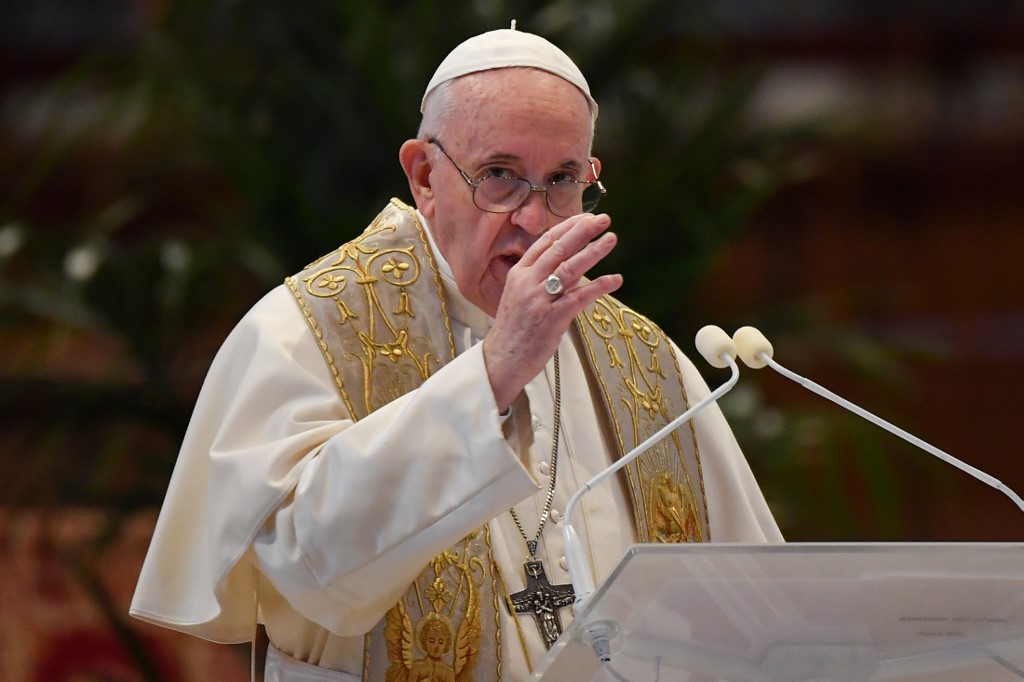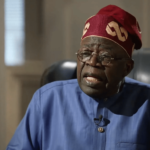
The choice of the new “Princes of the Church”, who include diplomats, close advisers and administrators, is closely watched as an indication of the future direction of the Catholic Church.
One of them could also one day become the successor to 86-year-old Francis, who has left the door open to resigning — although he says he is not there yet.
Saturday’s ceremony, known as a consistory, is the ninth since Francis was elected pope by his peers in 2013.
He has since sought to create a more inclusive, universal Church, looking past Europe to clergy in Africa, Asia and Latin America to fill the Church’s highest ranks.
Beginning at 10:00 am (0800 GMT) in St Peter’s Square in Vatican City, the new cardinals will kneel before the pope to receive the two symbols of their high office: a scarlet four-cornered cap known as a biretta, and a cardinal’s ring.
Eighteen of the 21 new cardinals are under the age of 80 and thus currently eligible to vote as “cardinal electors” in the next conclave, when Francis’ successor will be decided.
They are among 99 cardinal-electors created by the Argentine pontiff, representing about three-quarters of the total.
That has given rise to speculation that the future spiritual leader of the world’s 1.3 billion Catholics will be cast in the same mould as Francis, preaching a more tolerant Church with a greater focus on the poor and marginalised.
– Bishops taking action –
With his latest roster of cardinals, Francis has again looked to the world’s “peripheries” — where Catholicism is growing — while also breaking with the practice of promoting archbishops of large, powerful dioceses.
“He is looking for cardinals who correspond to the times. These are people who have all taken a step away from the Church of the past, who positively ensure a break,” an informed observer of the Holy See who asked to remain nameless told AFP.
“He likes bishops who take action.”
There are three new cardinals from South America, including two Argentinians, and three from Africa, with the promotion of the archbishops of Juba in South Sudan, South Africa’s Cape Town and Tabora in Tanzania.
Asia is represented by the Bishop of Penang in Malaysia and the Bishop of Hong Kong, Stephen Chow, who is seen as playing a key role in seeking to improve tense relations between the Vatican and Beijing.
“Traditionally, (the Church) was focused on Europe or the United States, but now we need to hear from Africa and Asia,” Chow told reporters Thursday.
– Diplomats and managers –
Some cardinals-to-be, like Chow, have experience in sensitive zones of the world where the Holy See hopes to play an important diplomatic role.
The list includes the Holy Land’s top Catholic authority, Italian Archbishop Pierbattista Pizzaballa, the first serving Latin Patriarch of Jerusalem to be made cardinal.
“Jerusalem is the centre of the world, but it is also the periphery. We know that Pope Francis pays attention to the periphery,” Pizzaballa told AFP.
“Jerusalem is a small laboratory, interreligious and intercultural, and that’s a challenge that the whole world is facing at this point,” he said.
Also to be promoted is the apostolic nuncio, or ambassador, to the United States, France’s Christophe Pierre, whose decades-long diplomatic career includes posts in countries including Haiti, Uganda and Mexico.
Top administrators in the Curia, the government of the Holy See, who are considered close to Francis are also being recognised.
There is Italy’s Claudio Gugerotti, prefect of the Dicastery for the Eastern Churches; Argentina’s Victor Manuel Fernandez, whom the pope recently named head of the powerful Dicastery for the Doctrine of the Faith; and Chicago-born Robert Prevost, a former missionary in Peru who leads the Dicastery for Bishops.
The last consistory was held in August 2022.
AFP





